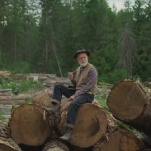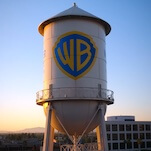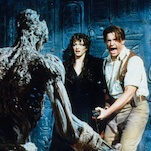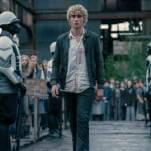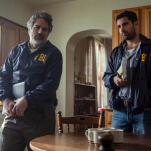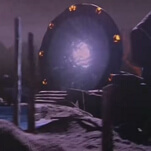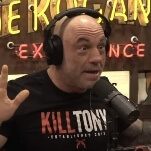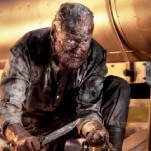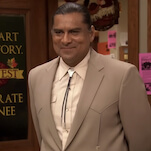Train Dreams stakes a complex claim in the Pacific Northwest cinematic canon
A rapidly changing region fuels this Western's haunting engine.
Photo: Netflix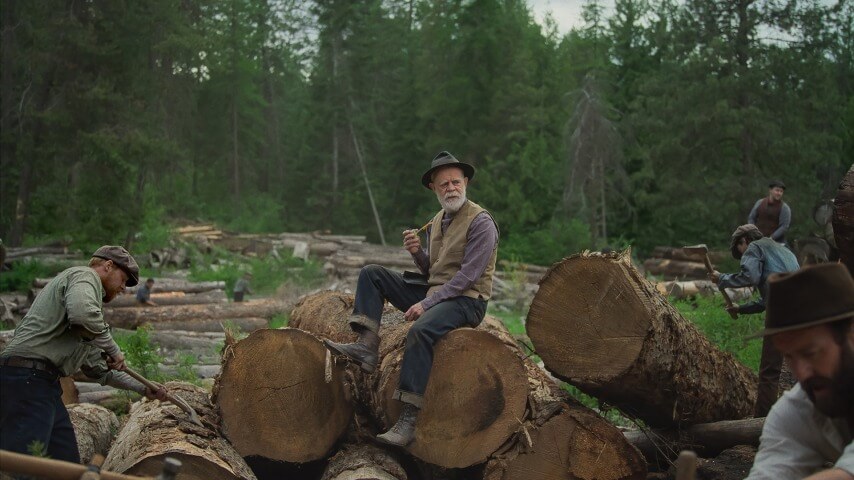
With respect to New York and Los Angeles, too many films adopt the platitude that these cities are “just another character” in their “love letters” to locations. Rarely do audiences get the sense that they are getting to know what’s actually going on underneath them. There are no invitations to look deeper in these exhausting clichés. Not only have these characterizations been reheated ad nauseam, but they consistently miss the forest for the trees. In the best films of the Pacific Northwest, this isn’t a problem.
Not only do these films often play to a different, more measured rhythm, but they also understand that the forest is the trees. The landscapes and the people are intertwined rather than separate, each informing the other. The lonely Idaho plains of Gus Van Sant’s My Own Private Idaho, the desolate Oregon deserts of Kelly Reichardt’s Meek’s Cutoff, the quiet echoes of the forests in Reichardt’s First Cow—these films aren’t merely making their locations into characters (whatever that means), but reflecting on the region and its subcultures. These are the rare portraits that burrow into the area’s past, the multiplicity of those who have worked and died there over many generations. The latest film to bury its axe into the heart of the Pacific Northwest, and, more specifically, the state of Washington, is Train Dreams.
It’s a work that feels unearthed from history, yet urgently pertinent to the here and now. It’s about displacement, violence, death, and the way life keeps moving on despite it all. As shot by cinematographer Adolpho Veloso, Train Dreams often feels like entering a period painting, with certain frames remaining painfully still before coming to life. In one such sequence, a group of resting laborers are precisely staged in the forest before a man comes into frame, introduces himself, and proceeds to shoot one of the men. He sought justice for a racist murder, just one of the film’s reminders about the rot in the undergrowth of such beautiful landscapes. Scenes like this instill the Train Dreams with the sense that the country’s history is speeding up and bleeding out beyond the frame into a fraught future.
Train Dreams tells the story of a laborer named Robert Grainier (Joel Edgerton) who is caught up by this motion as he spends his life working in the Pacific Northwest. He travels from the Idaho panhandle back to Washington state as he moves between a railroad construction site, forests that are being cut down, and his small homestead, building the foundations of a region that will soon leave him behind. Robert never goes outside the Pacific Northwest, even as it threatens to swallow him whole.
